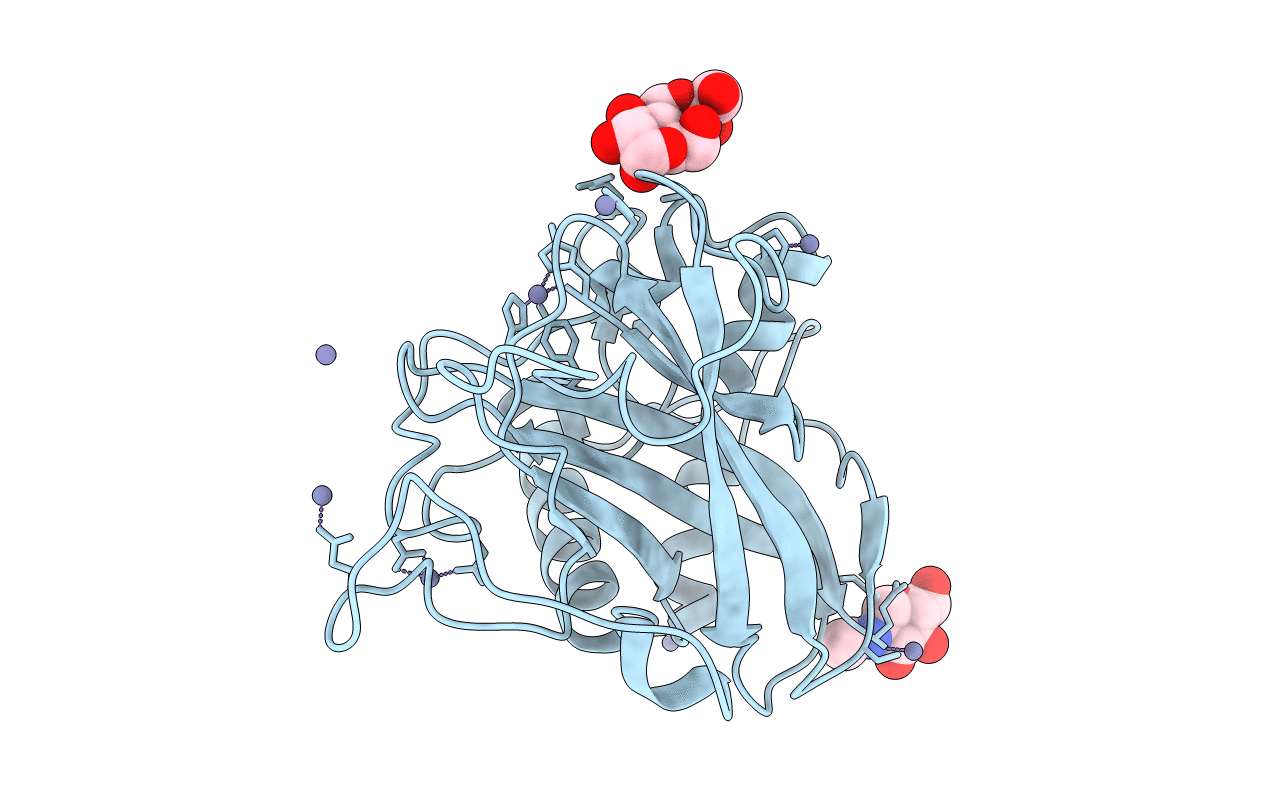
Deposition Date
2016-09-05
Release Date
2017-01-18
Last Version Date
2024-01-17
Entry Detail
Biological Source:
Source Organism:
Aspergillus oryzae RIB40 (Taxon ID: 510516)
Host Organism:
Method Details:
Experimental Method:
Resolution:
1.10 Å
R-Value Free:
0.12
R-Value Work:
0.10
R-Value Observed:
0.10
Space Group:
P 21 21 21


